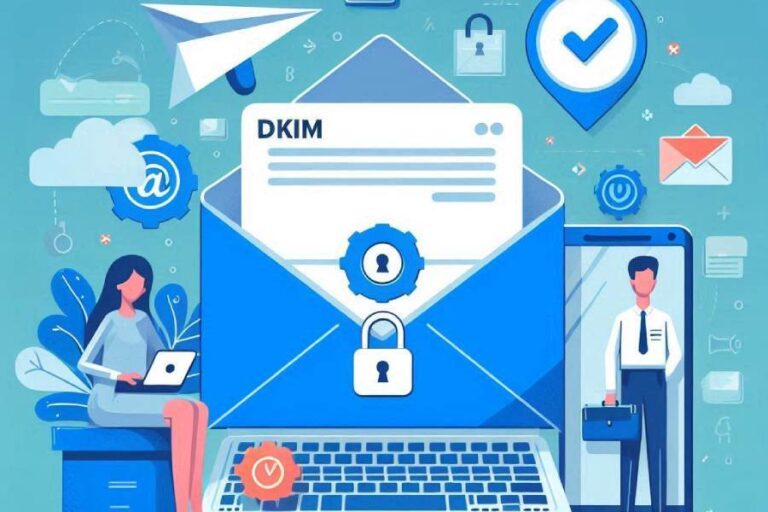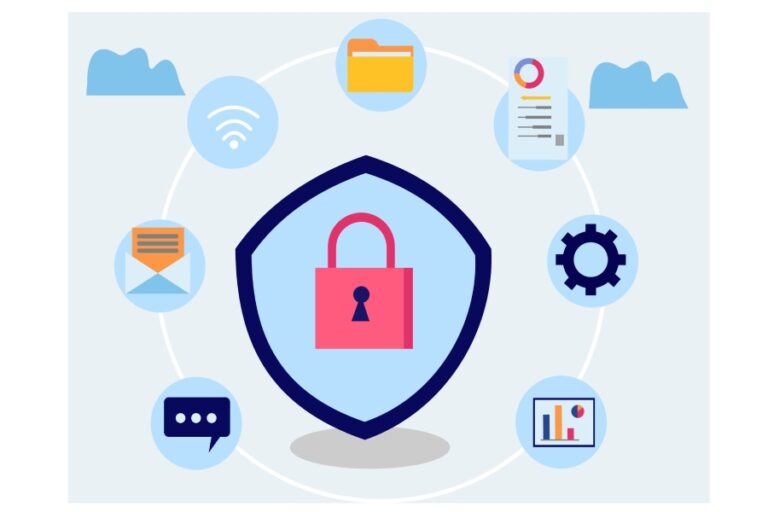Booking Scam Alert, Fortinet LockBit Attack, Abu Dhabi Guidelines
It feels like we just welcomed 2025 yesterday! Yet here we are again, meeting you all in the third week of March. As time flies by, threat actors are trying their best to keep up with the latest technology. Each sophisticated cyberattack is bringing them closer to your network and hard-earned money. If this sounds…







